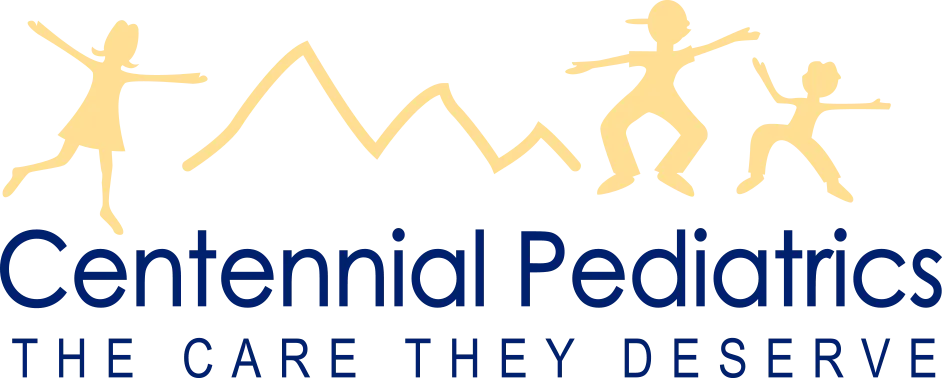It is important to establish healthy eating habits at a very young age. By establishing good eating habits in young children, we avoid eating behaviors that may lead to obesity, high cholesterol, and diabetes. Here is a list of some of the basics of healthy eating:
- Eat together as a family as often as possible . Parents can model correct eating behaviors. In addition, the family enjoys time together while parents listen to their children.
- All meals and snacks should be offered at the table or in a high chair. Your child should NOT be allowed to eat while playing or wandering around the house. If they “graze” on snacks or meals all day long, then they are not as hungry at meal times. Most children need 4-6 regularly scheduled meals each day. Typically, this includes three meals plus two snack times.
- Allow a reasonable time for your child to eat, usually 10-20 minutes. If your child loses interest in eating, put the child down from the table and offer no food until the next scheduled meal.
- Offer appropriate portion sizes (approximately one tablespoon of each food eaten per year of age). Offer the age-appropriate size and let the child decide how much to eat. Children can learn to overeat by forcing them to clean their plate. Eating in moderation is important.
- Limit the intake of juice or other sugar drinks to 4 ounces a day. Juice and other sugar drinks are “empty calories.”
- Eat a well-balanced diet. Foods for growing children should contain carbohydrates for energy, include fat for brain and nerve growth, and contain protein for muscle development. More than 50% of the diet should be complex carbohydrates with high fiber. No more than 10% of the diet should be simple sugars.
During winter, Mother Nature brings the sure signs the season has changed with the colder weather. Along with the cold weather, winter brings many illnesses especially cold viruses. The illnesses bring fever as one of the first signs of being sick. Fever can be very alarming to parents. While a fever may be a good indicator of illness, there are many myths surrounding fevers.
Myth 1: All fevers are bad for children . Fevers are actually very helpful to your body. Fevers help turn on the immune system and help the body fight infection. It can be seen as a good sign that your body is trying it rid itself of the infection and your immune system is working.
Myth 2: Fever >104 degrees F. are dangerous or can cause brain damage. Fevers of this height do not cause brain damage, only body temperatures over 108 degrees can cause brain damage. Fevers only get to this height from environmental temperatures (IE –being in a hot car).
Myth 3: All fevers need to be treated with fever medications. Fevers only need to be treated with medications (ibuprofen or acetaminophen) if they cause discomfort. Often fevers impede the child’s ability to drink adequately to keep them hydrated. By treating the fever that makes the child uncomfortable, the child is more likely to keep drinking well.
Myth 4: If the fever doesn’t come down or you can’t break the fever with medication, the cause is more serious. Fevers that do not respond to medications that treat fevers can be caused by viruses or bacteria. It does not relate to the seriousness of the infection.
Myth 5: If the fever is high, the cause is serious. How the child looks and feels determines how serious an illness is, not the height of the fever. The one exception to this rule is a very young infant. Children less than 4 months of age with a temperature over 100.4 should contact the doctor’s office.
Myth 6: Temperatures between 98.7 degrees and 100 degrees are low-grade fevers. Oral temperatures between 98.7 and 100 are normal temperature variations. The normal body temperature often peaks in the late afternoon or evening.
While Mother Nature’s signs are clear the same cannot be said for signs coming from illness. In general, fever is a good sign that your body is fighting off an infection. If you have questions regarding fever during an illness, you should contact your doctor’s office.
Author: Barton D. Schmitt MD, Denver, CO. Copyright 2000
